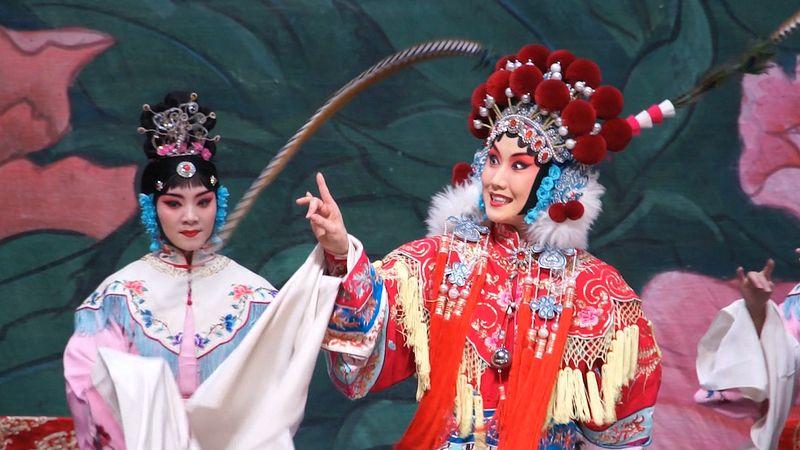Introduction
Asian music is a vast and diverse landscape, encompassing a wide range of genres, styles, and artists. From traditional folk music to modern pop and everything in between, Asian music offers a rich tapestry of sounds and cultural expressions. In this blog post, we will delve into the fascinating world of Asian music, exploring some of its most prominent genres and highlighting notable artists who have made significant contributions to the industry.
Traditional Asian Music
Traditional Asian music forms the foundation of the region’s musical heritage. Each country boasts its own unique style, instruments, and rhythms. For example, in Japan, traditional music is characterized by the haunting sounds of the shamisen and koto, while in India, classical music is dominated by the sitar and tabla.
1. Japanese Traditional Music
Japanese traditional music, known as “”hogaku,”” encompasses various genres such as gagaku, shakuhachi, and min’yo. Gagaku is the oldest form of Japanese music, dating back to the 7th century, and is performed by orchestras using traditional instruments. Shakuhachi is a bamboo flute that produces soulful melodies, while min’yo is a genre of folk songs that reflect the daily lives of the Japanese people.
2. Indian Classical Music
Indian classical music is renowned for its intricate melodies and rhythmic patterns. It is divided into two main genres: Hindustani and Carnatic. Hindustani music, popular in North India, is characterized by improvisation and the use of ragas (melodic frameworks). Carnatic music, prevalent in South India, is known for its complex compositions and virtuosic performances.
Contemporary Asian Music
While traditional music forms the backbone of Asian musical culture, contemporary genres have also gained immense popularity in recent years. These genres often fuse traditional elements with modern influences, creating a unique and captivating sound.
1. K-pop
K-pop, short for Korean pop music, has taken the world by storm. With its catchy melodies, synchronized dance routines, and visually stunning music videos, K-pop has amassed a massive global following. Artists like BTS, Blackpink, and EXO have become household.
Summary
Asian music is a vibrant and diverse realm, with each country and region boasting its own unique musical traditions. Traditional Asian music often reflects the rich cultural heritage and history of the respective countries, incorporating traditional instruments, melodies, and storytelling elements. Genres such as Chinese classical music, Indian classical music, and Japanese traditional music have captivated audiences for centuries.
However, Asian music is not limited to its traditional roots. In recent decades, the Asian music scene has witnessed a surge in contemporary genres, blending traditional elements with modern influences. K-pop, J-pop, C-pop, and Bollywood music have gained immense popularity not only in their home countries but also on a global scale.
Throughout this blog post, we will explore various Asian music genres, including but not limited to traditional, classical, folk, pop, rock, hip-hop, and electronic music. We will also shine a spotlight on some influential Asian artists who have left an indelible mark on the music industry, such as Ravi Shankar, BTS, A.R. Rahman, and Teresa Teng.
By delving into the diversity of Asian music, we hope to shed light on the incredible talent, creativity, and cultural richness that this vast continent has to offer. Whether you are a long-time Related Site fan of Asian music or a curious newcomer, join us on this musical journey as we celebrate the beauty and diversity of Asian music.

Welcome to my website! My name is Mitchell Considine, and I am thrilled to share my passion for dance workshops, KPOP & JPOP trends, the Asian music scene, and wellness retreats with you.

